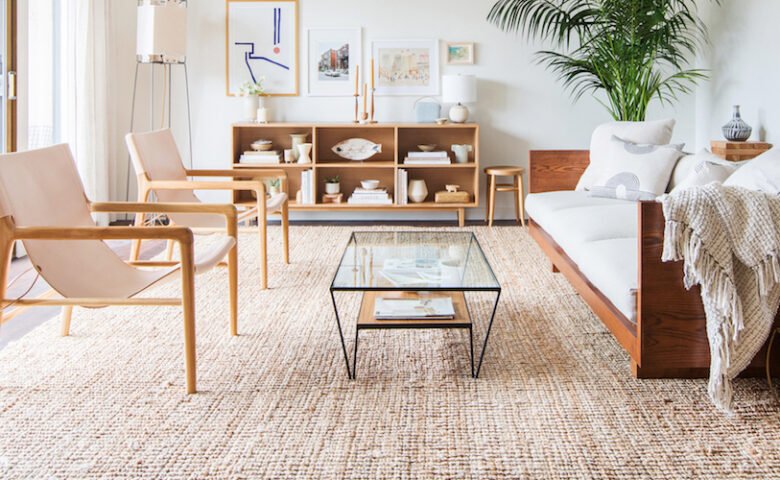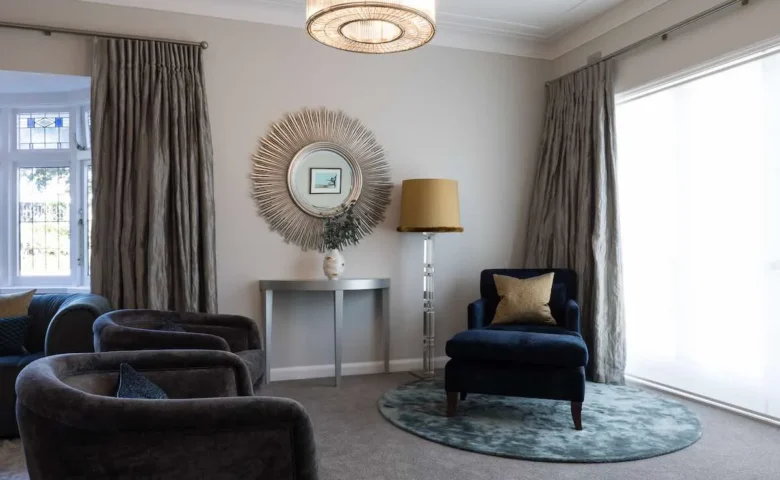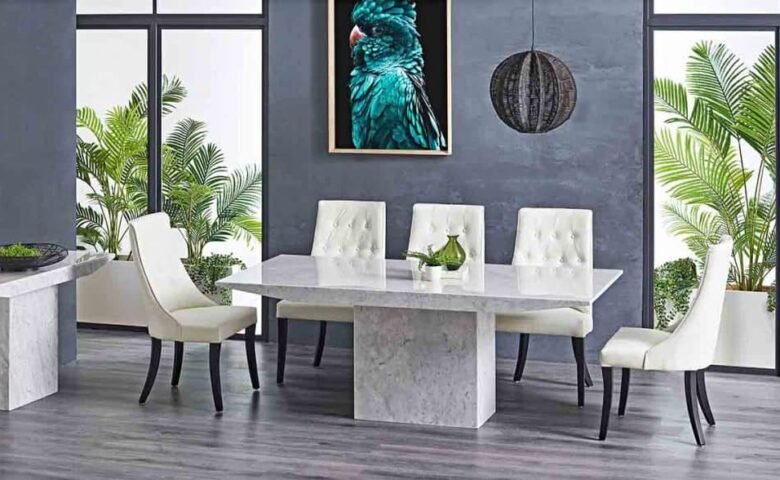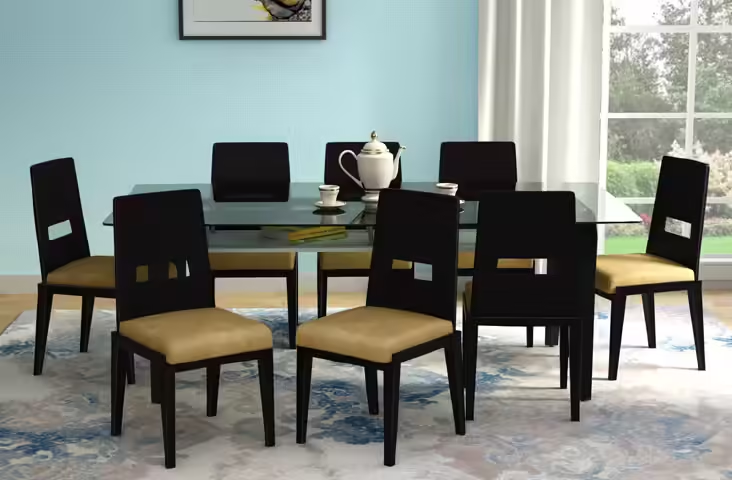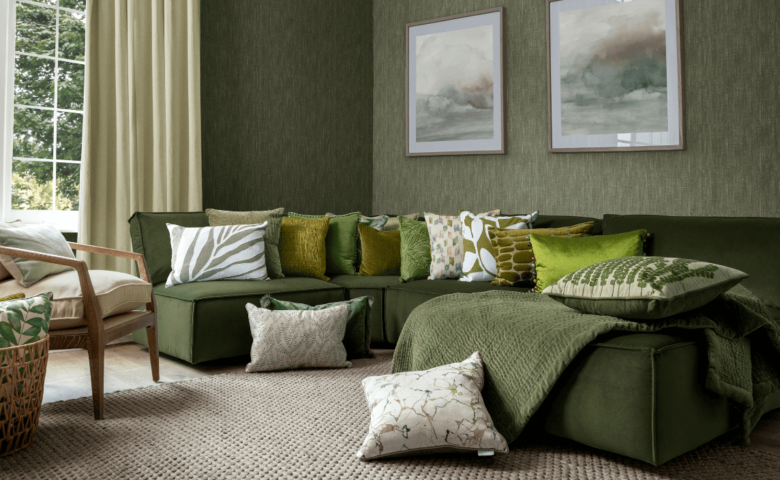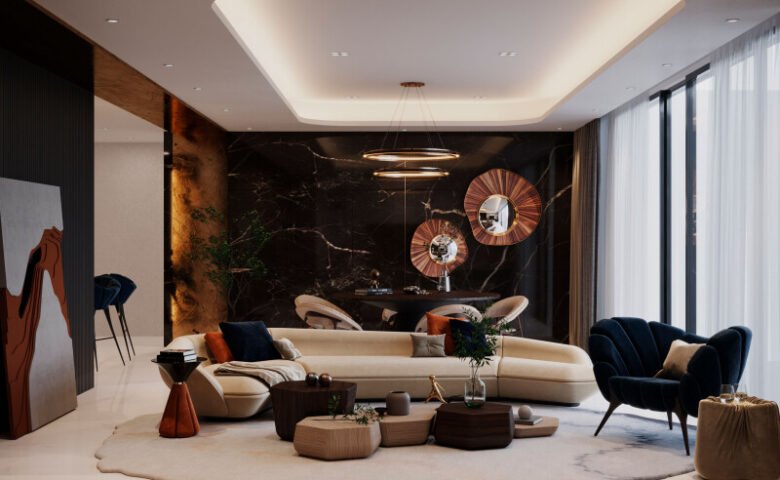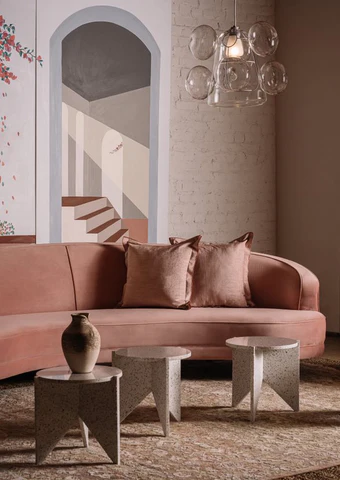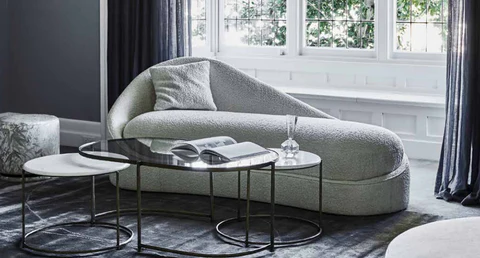How to Pick the Perfect Accent Chairs for Your Living Room
Accent chairs are a fantastic way to add personality and style to your living room. They can enhance your decor, provide additional seating, and create a welcoming atmosphere. But with so many options available, how do you pick the perfect accent chairs for your space? Here’s a guide to help you make the right choice.
1. Consider Your Style
Before you start shopping, think about your living room's overall style. Is it modern, traditional, bohemian, or eclectic? Your accent chairs should complement your existing decor. If your space features bold colors and patterns, consider a more neutral chair to balance it out. Conversely, if your decor is understated, a vibrant accent chair can serve as a stunning focal point.
2. Choose the Right Size
The size of your accent chairs matters! You want them to fit comfortably within your living room without overwhelming the space. Measure the area where you plan to place the chairs, and consider their scale in relation to your other furniture. Opt for chairs that provide enough seating but leave room for movement. If space is tight, consider slim-profile chairs or even ottomans that can double as seating.
3. Select a Comfortable Design
While style is important, comfort should never be overlooked. Test out the chairs if possible to ensure they’re comfortable for lounging. Look for chairs with supportive backs and cushioned seats. If you envision spending time reading or relaxing in these chairs, comfort is key. Consider ergonomic designs that promote good posture.
4. Think About Color and Fabric
The color and fabric of your accent chairs can dramatically impact the room’s ambiance. Consider the color palette of your living room. If you have a neutral scheme, bold-colored chairs can make a statement. If your room is already colorful, you might want to opt for more subdued tones. Additionally, consider the fabric; leather is easy to clean and durable, while fabric offers a softer touch and can add texture.
5. Mix and Match
Don’t be afraid to mix and match accent chairs! Combining different styles, colors, or patterns can create an interesting visual dynamic in your living room. Just ensure that there’s some element that ties them together, like a common color or material. This approach can make your space feel curated and unique.
Conclusion
Choosing the perfect accent chairs for your living room involves considering style, size, comfort, color, and the potential for mixing and matching. By keeping these factors in mind, you can find chairs that not only enhance your space but also create a cozy and inviting atmosphere for you and your guests.

